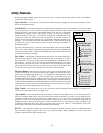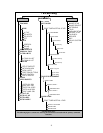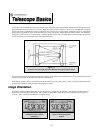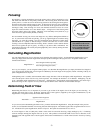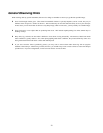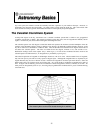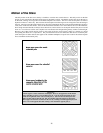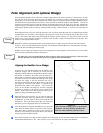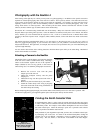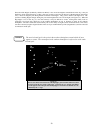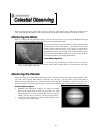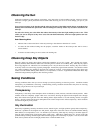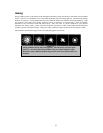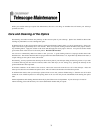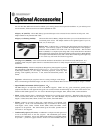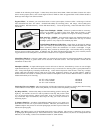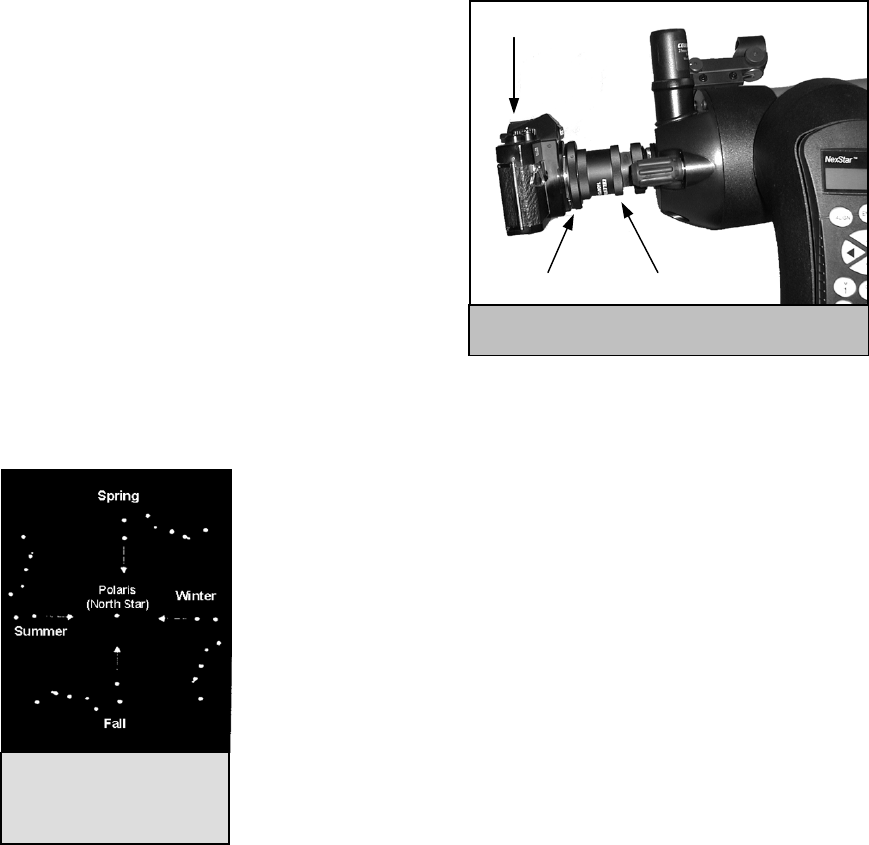
28
Photography with the NexStar 4
After looking at the night sky for a while you may want to try photographing it. In addition to the specific accessories
required for celestial photography, there is the need for a camera - but not just any camera. The camera does not have
to have many of the features offered on today's state-of-the-art equipment. For example, you don't need auto focus
capability or mirror lock up. Here are the mandatory features a camera needs for celestial photography. First, a “B”
setting which allows for time exposures. This excludes point and shoot cameras and limits the selection to SLR
cameras, the most common type of 35mm camera on the market today.
Second, the “B” or manual setting should NOT run off the battery. Many new electronic cameras use the battery to
keep the shutter open during time exposures. Once the batteries are drained, usually after a few minutes, the shutter
closes, whether you were finished with the exposure or not. Look for a camera that has a manual shutter when
operating in the time exposure mode. Olympus, Nikon, Minolta, Pentax, Canon and others have made such camera
bodies.
The camera must have interchangeable lenses so you can attach it to the telescope and so you can use a variety of
lenses for piggyback photography. If you can't find a new camera, you can purchase a used camera body that is not
100-percent functional. The light meter, for example, does not have to be operational since you will be determining the
exposure length manually.
You also need a cable release with a locking function to hold the shutter open while you do other things. Mechanical
and air release models are available.
A
A
t
t
t
t
a
a
c
c
h
h
i
i
n
n
g
g
a
a
C
C
a
a
m
m
e
e
r
r
a
a
t
t
o
o
t
t
h
h
e
e
N
N
e
e
x
x
S
S
t
t
a
a
r
r
The NexStar 4 has a special adaptor port located on the back
of the rear cell to connect a 35mm camera body. Attaching a
camera to the NexStar requires the use of the optional T-
adapter (#93635-A) and a T-ring specific to the brand of
camera being used. To attach the photographic accessories:
1. Remove the screw-on cover from the photo
adaptor port on the rear cell.
2. Thread the T-adapter securely onto the photo
adapter port.
3. Thread the T-ring onto the exposed end of the T-
adapter.
4. Remove any lens from the body of your camera.
5. Attach the camera body to the T-ring by aligning
the red dot on the side of the T-ring with the dot on
the camera body and twisting.
Before attempting photography through your NexStar make sure that the flip mirror is in the "down" position. This
will allow the light path to go straight through the optical tube and pass directly into the camera.
Finding the North Celestial Pole
In each hemisphere, there is a point in the sky around which all the other stars appear
to rotate. These points are called the celestial poles and are named for the hemisphere
in which they reside. For example, in the northern hemisphere all stars move around
the north celestial pole. When the telescope's polar axis is pointed at the celestial
pole, it is parallel to the Earth's rotational axis.
Many methods of polar alignment require that you know how to find the celestial pole
by identifying stars in the area. For those in the northern hemisphere, finding the
celestial pole is not too difficult. Fortunately, we have a naked eye star less than a
degree away. This star, Polaris, is the end star in the handle of the Little Dipper.
Figure 6-5
The position of the Big
Dipper changes throughout
the year and the night.
Figure 6-4 – NexStar with photographic Accessories
Camera Body
T-Ring
T-Ada
p
ter



